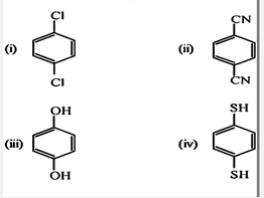In which of the following molecule μ (observed) is found to be greater then μ (theoretical):
CHCl3
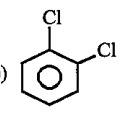


To solve the question regarding which molecule has an observed dipole moment (μobserved) greater than the theoretical dipole moment (μtheoretical), we can follow these steps:
Step 1: Understand the Concept of Dipole Moment
The dipole moment is a measure of the separation of positive and negative charges in a molecule. It is calculated using the formula:
\( \mu = q \times r \)
where \( q \) is the charge and \( r \) is the distance between the charges.
Step 2: Theoretical vs. Observed Dipole Moment
- Theoretical dipole moment is calculated based on the assumption of complete ionic character or ideal molecular geometry.
- Observed dipole moment is measured experimentally and can be influenced by molecular interactions such as hydrogen bonding.
Step 3: Identify the Role of Hydrogen Bonding
Hydrogen bonding can increase the observed dipole moment because it affects the electron distribution in the molecule. When hydrogen bonding occurs, it can lead to a greater separation of charges than what is predicted theoretically.
Step 4: Analyze the Given Options
We need to analyze the provided options to see which one involves hydrogen bonding or any other interactions that could lead to an increased observed dipole moment.
Step 5: Conclusion
From the analysis, it is determined that the molecule in option 4 (which contains a benzene ring with a chlorine and a hydrogen) exhibits hydrogen bonding. This leads to the conclusion that the observed dipole moment (μobserved) for this molecule is greater than the theoretical dipole moment (μtheoretical).
Final Answer
The correct answer is option 4, where the observed dipole moment is greater than the theoretical dipole moment due to the presence of hydrogen bonding.
---
The dipole moment is a measure of the separation of positive and negative charges in a molecule. It is calculated using the formula:
\( \mu = q \times r \)
where \( q \) is the charge and \( r \) is the distance between the charges.
- Theoretical dipole moment is calculated based on the assumption of complete ionic character or ideal molecular geometry.
- Observed dipole moment is measured experimentally and can be influenced by molecular interactions such as hydrogen bonding.
Hydrogen bonding can increase the observed dipole moment because it affects the electron distribution in the molecule. When hydrogen bonding occurs, it can lead to a greater separation of charges than what is predicted theoretically.
We need to analyze the provided options to see which one involves hydrogen bonding or any other interactions that could lead to an increased observed dipole moment.
From the analysis, it is determined that the molecule in option 4 (which contains a benzene ring with a chlorine and a hydrogen) exhibits hydrogen bonding. This leads to the conclusion that the observed dipole moment (μobserved) for this molecule is greater than the theoretical dipole moment (μtheoretical).
The correct answer is option 4, where the observed dipole moment is greater than the theoretical dipole moment due to the presence of hydrogen bonding.
Topper's Solved these Questions
Similar Questions
Knowledge Check
In which of the following molecules μ(oberved) is found to be greater than μ (theoretical):
ACHCl3B C
C D
D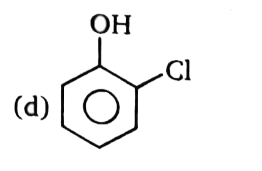
In which of the following molecules μ(oberved) is found to be greater than μ (theoretical):
ACHCl3B C
C D
D
In which of the following molecules μexp (observed dipole moment) is found to be greater than μμ (expected dipole moment)?
APOCl3B CHNCD
CHNCD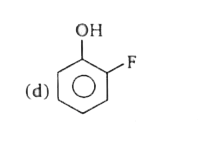
For which of the following molecule significant μ≠0 ?

View SolutionIn which of the following molecules μexp (observed dipole moment) is found to be greater than μμ (expected dipole moment)?
View SolutionIn which of the following compounds observed bond angle is found to be greater than expected, but not due to back bonding.
View SolutionFor which of the following molecule significant μ≠0 ?
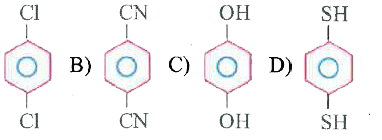
View SolutionFor which of the following molecule significant μ≠0 ?

View Solution


